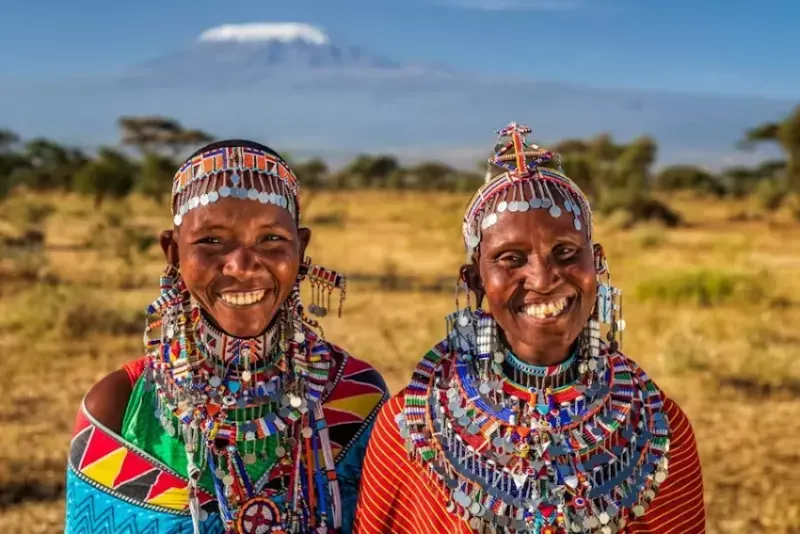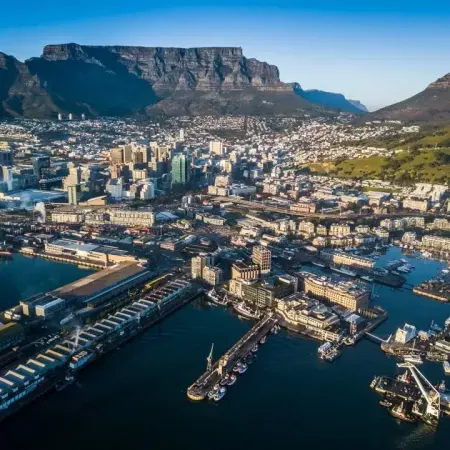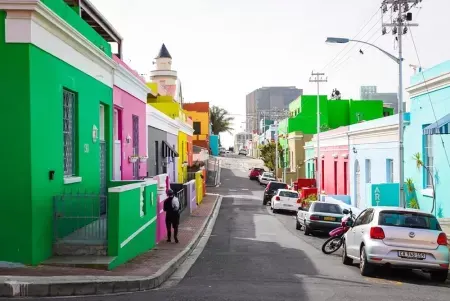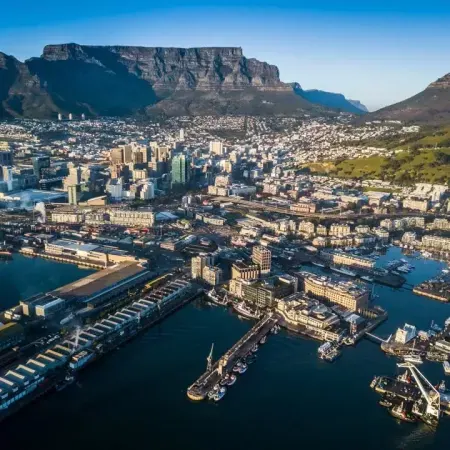If you are planning to visit East Africa, the Maasai must be incorporated into your list of cultures to visit. These are people known for their vibrant culture, rich history, and shimmering traditions; the top tribal icons and most interesting tribes of Africa. The Maasai live in two countries, Kenya and Tanzania. Now, they are among a few communities that have hampered their traditional life from any outside influence. Here is a complete insight into this amazing group of people:

Of all the ethnic groups of East Africa, the Maasai are probably among the most well-known, iconic, and culturally rich of the continent. The traditional lifestyle, the flamboyant dress, the religion, and a relationship with wild animals essence-the Maasai offers insight into the heritage of Africa. Be it an African whose thirst for authenticity draws him during travel or someone who is simply trying to know different cultures, knowing the Maasai is quite an adventure one must take.
History and Origin
The Maasai are believed to have migrated from the Nile Valley to East Africa around the 15th century. They settled in the regions of Kenya and Tanzania, where they became semi-nomadic herders. Their livelihoods have long been centered around cattle, which are considered a source of wealth, food, and status. For centuries, the Maasai have managed to preserve their customs and traditions while coexisting with modern society. African tourism has increasingly included Maasai villages, as visitors seek authentic cultural experiences.
The Maasai Way of Life
The Maasai lifestyle is deeply connected to their livestock, particularly cattle. The Maasai regard cattle as indicators of wealth and prestige as one single herd is able to determine an individual's social status. They are known for their naturalistic culture and knowledge of the environment itself. The ability to prognosticate the weather, track animals, and maintain sustainability is how they survive. Cultural tours to Maasai usually feature the association between the people and their land and livestock, where tourists get an insight.
The Maasai dwell in small units termed enkangs, which usually comprise arid areas under thorny fences against invasion by wild animals. The structures with the endings are small houses built by the Maasai, which are mud and stick, or grass houses. The houses are movable because they are traditional mobile dwellers.
Customs and Traditions
With an entrenched spirituality, the Maasai view their environment and cattle as inseparable from their religion. They believe in a single god, Enkai, who allegedly dwells up there in the sky beyond the reach of man and does whatever he wants with man's destiny. Enkai is in charge of the rain, the welfare of their cattle, and the happiness of their people. Their rituals, dances, and songs tell of life and commemorate Enkai. Maasai communities offer great adventure travel tours across Africa, giving visitors the opportunity to partake in these age-old rituals.
However, probably the most telling about the Maasai culture would be the unusual attire. Men are clad in shuka (red blankets), and women wear jewelry that incorporates colors like red, yellow, green, and blue. The color red is important for the Maasai as it stands for strength, courage, and protection. They communicate through beadwork, with colors and patterns symbolizing events in life such as initiation, marriage, and birth.
The Maasai Diet
The Maasai diet traditionally consists of meat, milk, and blood collected from their cattle. Although probably strange for many, blood is harvested without injury to the cattle while supplying important nutrition. The Maasai complement their diet with other open vegetables and fruits when they are available, but their diet is majorly concentrated on herd products. This is part of the African tour packages where clients are led to have an authentic cultural immersion.
Coming of Age Ceremonies
Eunoto, or coming of age ceremony, is one of the most important cultural traditions of the Maasai. Young men of the Maasai go under the circumcision ceremony that signifies the transition from childhood to adulthood. Then, new names are given to them and expected to behave as a warrior or leader of the community: Young women are also initiated, but the initiation is different and equal in importance. These rituals help them prepare for the new stage of life including adulthood, marriage, and motherhood.
The Maasai and Wildlife Conservation
Urbanization and wildlife conservation have led to changes in the Maasai way of life. Even though the Maasai have always lived somewhat with wildlife, they have been pushed out by increasing land demands. Many Maasai communities have been championing the conservation, working with national parks and wildlife reserves in the preservation of endangered species such as elephants and lions, all the while practicing cattle herding. Some Maasai people have also been engaged in ecotourism, blending traditional experiences with conservation benefits. These experiences sometimes find their way into Africa tourism and African safari guide packages.
Visiting Maasai Communities
Visiting a Maasai village can totally change your life and soul as a tourist. There are many tour companies operating tours to the Maasai village, where you will get to learn about their culture, tradition, and lifestyle. Visitors can participate in many activities, including Maasai beadwork, traditional dancing, and even cattle-herding. An unforgettable experience for any African tourist looking for authentic cultural immersion would be that of the Maasai community. Maasai village visits are a big part of African adventure tourism, allowing tourists to get hands-on with the real deal of Maasai traditions.
If you desire to have an authentic experience of Maasai life, you must visit one of those communities that are open to cultural tourism to harmonize support for local innovative development and conservation efforts.
Final Thoughts
The Maasai people are quintessential East Africa. Strong and proud, they are known for their colorful traditions and deep connection to ecology-maybe one of the most fascinating tribes in the world. Visiting a Maasai community is to be visiting their world, experiencing a way of life handed down through generations. Be it learning their customs, participating in their ceremonies, or merely interacting with the people; it's a Maasai experience of genuinely unique memory. African safari guide services are the ideal facilitator in planning a trip to the Maasai villages so that one gets a chance to experience one of Africa's most fascinating and abiding cultures.









